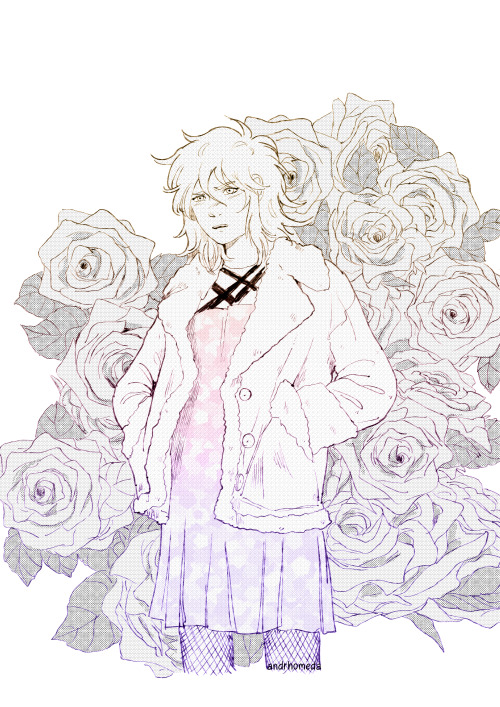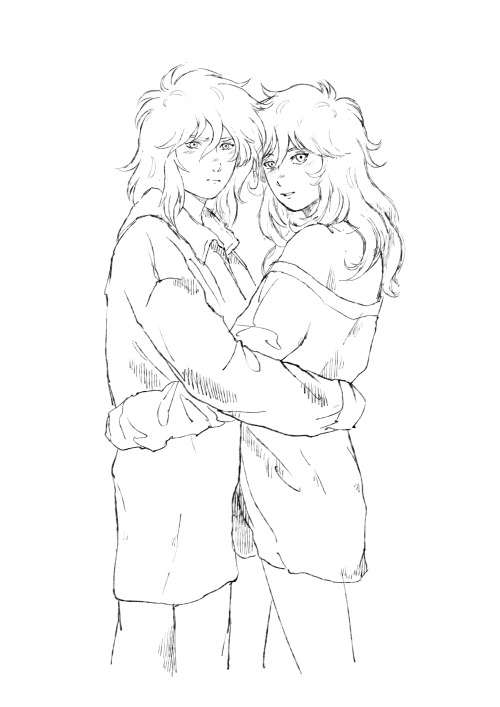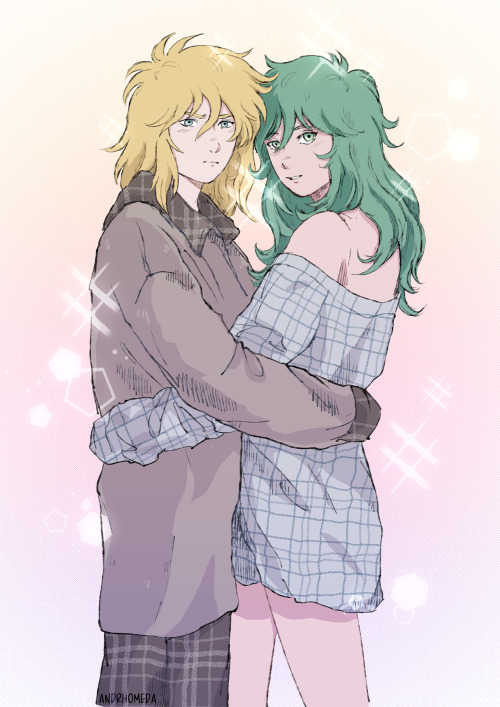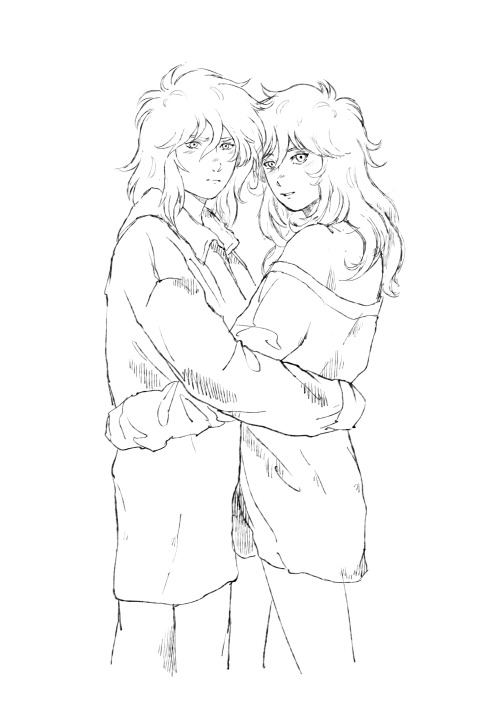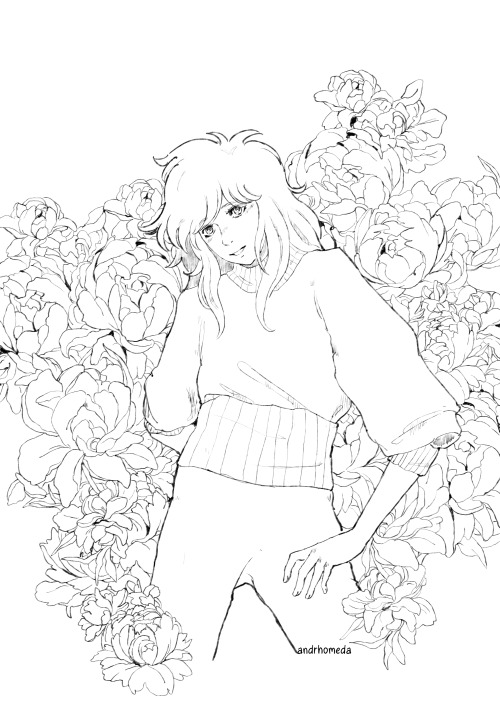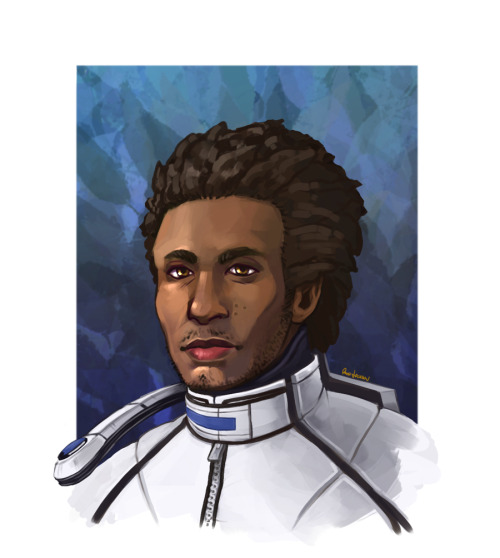#andromeda
@gorillaz are back! Yesterday they dropped 4 new songs.
. super-fast doodle for fun!
#gorillaz #humanz #noodle #2D #animation #motiondesign #motiongraphics #saturnbarz #andromeda #logo #wegotthepower #fanart #behance #dribbble #music #damonalbarn #draw #logo #phase4 #hewll

Athena, the virgin goddess of wisdom, war, strategy, defense, city state building and crafts like pottery, and patron goddess of Athens. In my Illustration she towers above Athens, as the city’s patron and eternal defender.
She was born from Zues' head fully armed, and upon her chest plate armor she wears her AEGIS, with medusa’s head, which is used as a protective amulet and was said to let out a terrible roar in battle. Upon her shield is a horse and rider wearing a bridle, which Athena invented for mortals to ride and control horses (along with chariots and wagons).
Upon her arm is her sacred animal, the owl, with it’s night vision, having the ability to see things that others cannot, hence it being a symbol of wisdom. The snake at her feet represents the early Athenian ruler, “Erichthonius”. (*wikipedia; The snake is his symbol, and he is represented in the statue of Athena in the Parthenon as the snake hidden behind her shield. The most sacred building on the Acropolis of Athens, the Erechtheum, is dedicated to Erichthonius.)

Something for N7 day.
(my first legit piece on clip studio paint)
I did a little thing

M33: The Triangulum Galaxy
The small, northern constellation Triangulum harbors this magnificent face-on spiral galaxy, M33. Its popular names include the Pinwheel Galaxy or just the Triangulum Galaxy. M33 is over 50,000 light-years in diameter, third largest in the Local Group of galaxies after the Andromeda Galaxy (M31), and our own Milky Way. About 3 million light-years from the Milky Way, M33 is itself thought to be a satellite of the Andromeda Galaxy and astronomers in these two galaxies would likely have spectacular views of each other’s grand spiral star systems. As for the view from planet Earth, this sharp image shows off M33’s blue star clusters and pinkish star forming regions along the galaxy’s loosely wound spiral arms. In fact, the cavernous NGC 604 is the brightest star forming region, seen here at about the 7 o'clock position from the galaxy center. Like M31, M33’s population of well-measured variable stars have helped make this nearby spiral a cosmic yardstick for establishing the distance scale of the Universe.
Image Credit & Copyright: Rui Liao
Hubble Space Telescope
Time And Space

Andromeda before Photoshop
What does the Andromeda galaxy really look like? The featured image shows how our Milky Way Galaxy’s closest major galactic neighbor really appears in a long exposure through Earth’s busy skies and with a digital camera that introduces normal imperfections. The picture is a stack of 223 images, each a 300 second exposure, taken from a garden observatory in Portugal over the past year. Obvious image deficiencies include bright parallel airplane trails, long and continuous satellite trails, short cosmic ray streaks, and bad pixels. These imperfections were actually not removed with Photoshop specifically, but rather greatly reduced with a series of computer software packages that included Astro Pixel Processor, DeepSkyStacker, and PixInsight. All of this work was done not to deceive you with a digital fantasy that has little to do with the real likeness of the Andromeda galaxy (M31), but to minimize Earthly artifacts that have nothing to do with the distant galaxy and so better recreate what M31 really does look like.
Image Copyright: Image Credit: Kees Scherer
Time And Space

Hubble Takes Closer Look at Not-So-‘Dead’ Neighbor
Many of the best-loved galaxies in the cosmos are remarkably large, close, massive, bright, or beautiful, often with an unusual or intriguing structure or history. However, it takes all kinds to make a universe - as demonstrated by this Hubble image of Messier 110.
Messier 110 may not look like much, but it is a fascinating near neighbor of our home galaxy, and an unusual example of its type. It is a member of the Local Group, a gathering of galaxies comprising the Milky Way and a number of the galaxies closest to it. Specifically, Messier 110 is one of the many satellite galaxies encircling the Andromeda galaxy, the nearest major galaxy to our own, and is classified as a dwarf elliptical galaxy, meaning that it has a smooth and almost featureless structure. Elliptical galaxies lack arms and notable pockets of star formation - both characteristic features of spiral galaxies. Dwarf ellipticals are quite common in groups and clusters of galaxies, and are often satellites of larger galaxies.
Because they lack stellar nurseries and contain mostly old stars, elliptical galaxies are often considered “dead’ when compared to their spiral relatives. However, astronomers have spotted signs of a population of young, blue stars at the center of Messier 110 - hinting that it may not be so "dead’ after all.
Messier 110 is featured in Hubble’s Messier catalog, which includes some of the most fascinating celestial objects that can be observed from Earth’s Northern Hemisphere. See the NASA-processed image and other Messier objects at: https://www.nasa.gov/content/goddard/hubble-s-messier-catalog.
Text credit: ESA (European Space Agency)
Image credit: ESA/Hubble & NASA, L. Ferrarese et al.
Hubble Space Telescope
Time And Space

M31: The Andromeda Galaxy
How far can you see? The most distant object easily visible to the unaided eye is M31, the great Andromeda Galaxy, over two million light-years away. Without a telescope, even this immense spiral galaxy appears as an unremarkable, faint, nebulous cloud in the constellation Andromeda. But a bright yellow nucleus, dark winding dust lanes, luminous blue spiral arms, and bright red emission nebulas are recorded in this stunning six-hour telescopic digital mosaic of our closest major galactic neighbor. While even casual skygazers are now inspired by the knowledge that there are many distant galaxies like M31, astronomers seriously debated this fundamental concept only 100 years ago. Were these “spiral nebulae” simply outlying gas clouds in our own Milky Way Galaxy or were they “island universes” – distant galaxies of stars comparable to the Milky Way itself? This question was central to the famous Shapley-Curtis debate of 1920, which was later resolved by observations favoring Andromeda being just like our Milky Way Galaxy – a conclusion making the rest of the universe much more vast than many had ever imagined.
Image Credit & Copyright: Amir H. Abolfath (TWAN)
Time And Space
Andromeda
Artist: Sara Page (British)
Date: 1902
Location: Wolverhampton Art Gallery
Medium: Oil On Canvas
Post link


